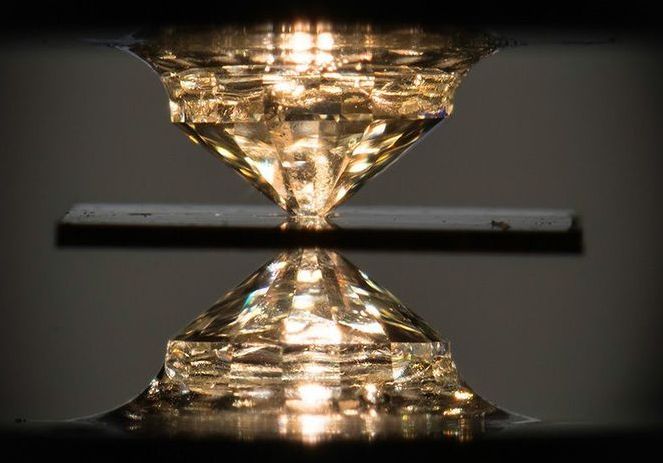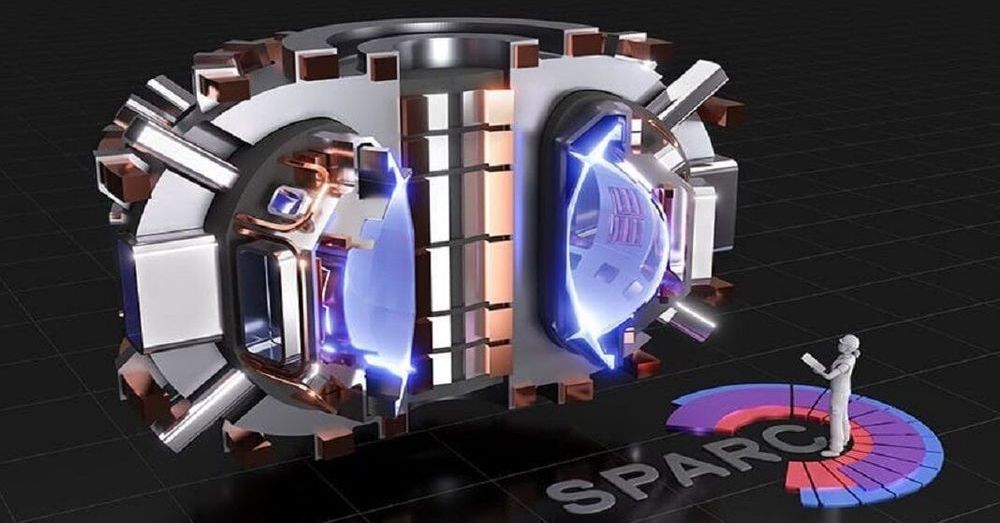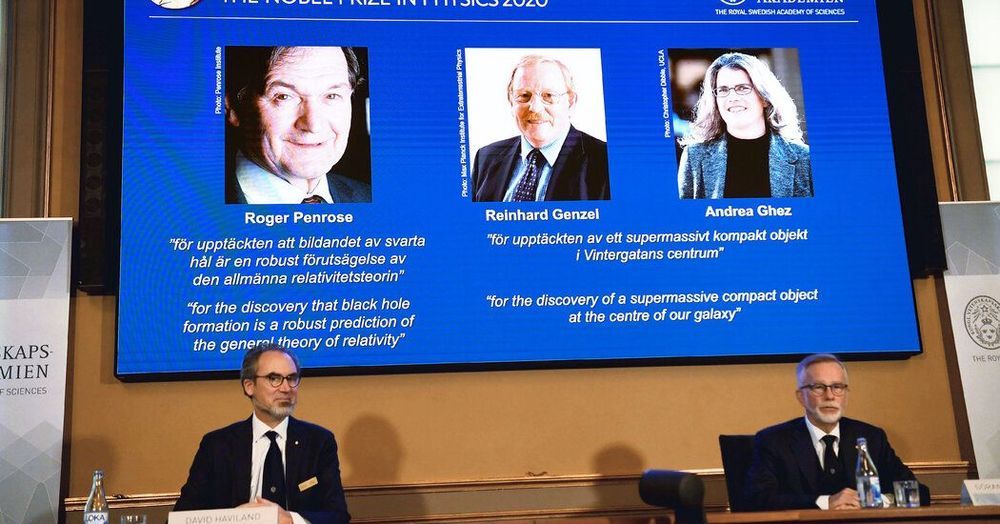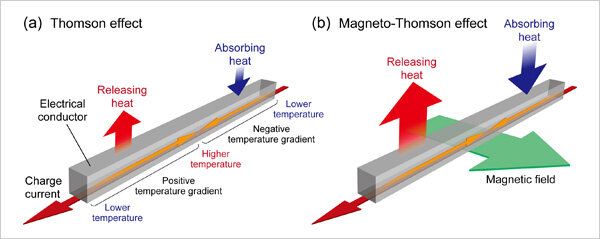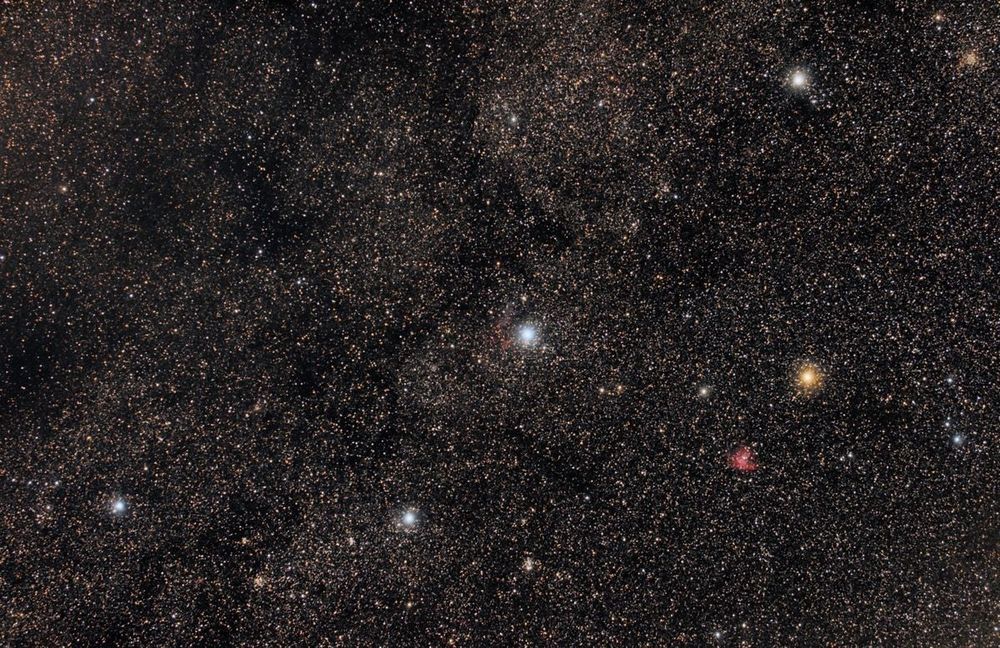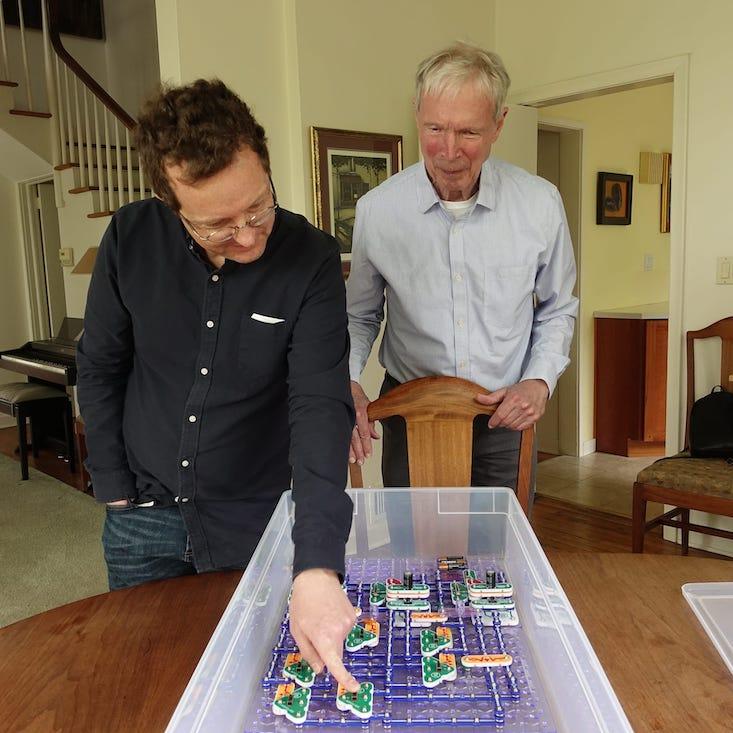
They can be made up of just two surfaces, bouncing the wave between them, but the more surfaces that are added, the more resonance is achieved. The ultimate is therefore to create a perfect sphere, creating surfaces in every direction within a three-dimensional object. At that point, the creation of a resonator moves from being a physics question to one of engineering, since even a stem holding the sphere can create distortion that reduces the impact of the resonator.
According to the Technion, the world’s first micro-resonator was demonstrated in the 1970s by Arthur Ashkin, winner of the 2018 Nobel Prize in Physics, who presented a floating resonator. Yet, despite the success of his innovation, the research direction was soon abandoned.
Now graduate student Jacob Kher-Alden, under the supervision of Prof. Tal Carmon, has built upon Ashkin’s work, creating a floating resonator which can exhibit resonant enhancement by ten million circulations of light, compared to about 300 circulations in Ashkin’s resonator.
